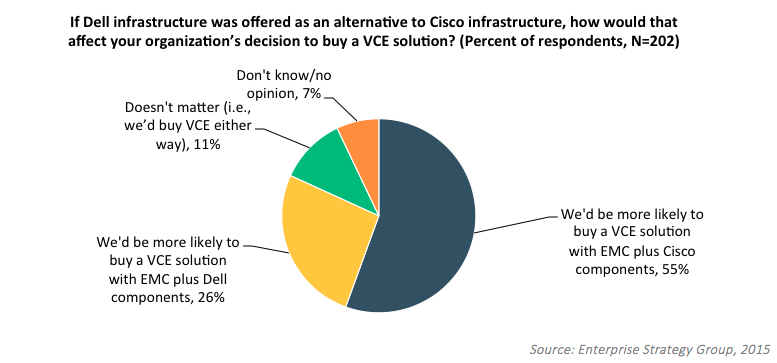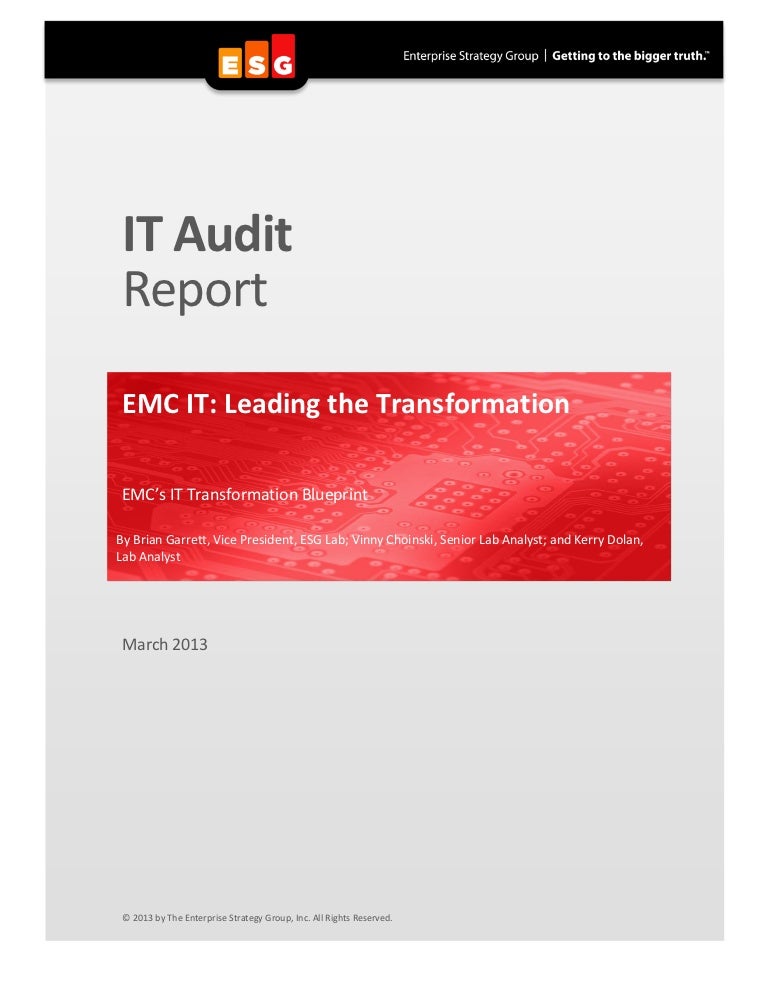
For starters, a Data Analyst often holds a slightly different title such as Business Analyst or Business Intelligence Analyst. The title “Data Analyst” may be more used and abused than that of its cousin the “Data Scientist”. Since then, other sources such as LinkedIn, Glassdoor, US Bureau of Labor and Robert Half have confirmed this to be the case as well. WEF also found that 96% of companies were definitely planning or likely to plan to hire new permanent staff with relevant skills to fill future big data analytics related roles.Īs a result, the “new role” of Data Analyst is forecast to be one of the most in-demand jobs by 2022. In it, the WEF identified that by 2022, 85% of companies will have adopted big data and analytics technologies. In 2018 the World Economic Forum published its predictions for the future workforce through 2022. Many studies, in fact, predict this role to be THE job of the future. Plus, they’re expensive.īecause of this phenomenon, we’re seeing the rise of the Data Analyst and the need for data literacy skills. Data Scientists alone can’t do this job anymore. Now the machines do more and more gathering every day, so more and more people are needed to manage and make sense of all this data. Why is this? Whereas a decade ago data used to be gathered up solely by individuals for analysis, today it is gathered and collected by both people and machines.

It’s more likely that the role of Data Analyst has finally become ubiquitous across industries and companies of all sizes. Could these be the reasons for increased interest in Data Analysts? Companies might think that an analyst could be hired for a lower salary and taught data science skills and methods on the job. One reason for this could be that they’re targeting a broader base of candidates in the hopes of widening their talent sourcing pool for data science teams.Īnother reason could be that sometimes a Data Analyst is viewed as the “cheap” version of a Data Scientist. They’re ramping up hiring assessments for Data Analyst positions. We’ve seen a growing trend among QuantHub clients. In this article, we take a look at why this is and help to ascertain what a Data Analyst really is in 2020. However, the demand for this role is making headlines again in 2020.

Data Analysts have been around for years.


 0 kommentar(er)
0 kommentar(er)
